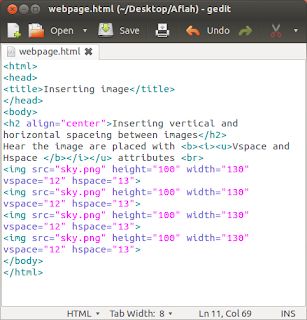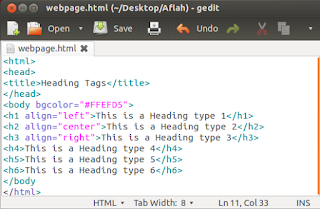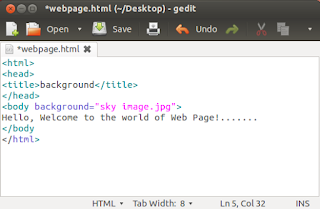List in HTML

While presenting information, the facility of listing can make it more communicative. List are of different types. We are familiar with numbered lists and bulleted lists. HTML offers several mechanisms for specifying lists of information. All lists must contains one or more list elements. There are three kinds of list in HTML- unordered lists, ordered lists and definition lists. Unordered list Unordered lists or bulleted lists display a bullet or other graphic in front of each item in the list. We can created an unordered list with the tag pair <UL> and </UL> . Each item in the list is presented by using the tag pair <LI> and </LI> . Unordered lists are used when a set of items can be placed in any order. The code in example presents some hardware components of a computer in bulleted list. The corresponding web page is showing in figure. We can customise unordered lists by setting the Type attribute to three diffrent values: Disc (default valu



